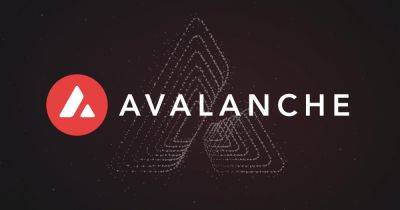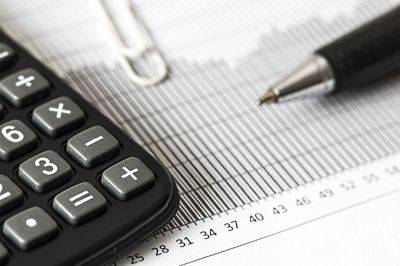Blockchain’s positive impact on sustainable development: Solana Breakpoint
Blockchain technology is having a tangible positive influence on environmental stewardship through innovative projects that are retiring carbon credits, generating staking yields to support ecological initiatives and incentivizing communities to monitor and protect natural resources.
Cointelegraph delved into the world of regenerative economies and finance at Solana Breakpoint in Amsterdam, facilitating a panel featuring three speakers who are intimately involved in projects leveraging blockchain technology to work toward meeting sustainable development goals (SDGs) around the world.
The Smith School of Enterprise and the Environment defines a regenerative economy as a movement “away from extractive business models” that aims to power “the potential for positive contributions for nature and society.”
GainForest is a prominent example of a blockchain-based project that aims to foster stewardship of natural environments by local communities. As co-founder Simge Sandal explained, GainForest uses blockchain to autonomously direct funding to different projects in the global south using “measure-to-earn” technology, which focuses on measuring biodiversity data.
“Our core business is to create incentives that make environmental protection attractive for the local communities and also financially beneficial for them,” Sandal explained.
Private stakeholders can pledge money to indigenous communities and forest conservation projects through GainForest’s smart contracts. The platform automatically unlocks donations to communities responsible for maintaining ecosystems when monitored milestones are achieved.
This monitoring is carried out by locals on the ground using devices like smartphones and drones to provide images and other rich
Read more on cointelegraph.com






















